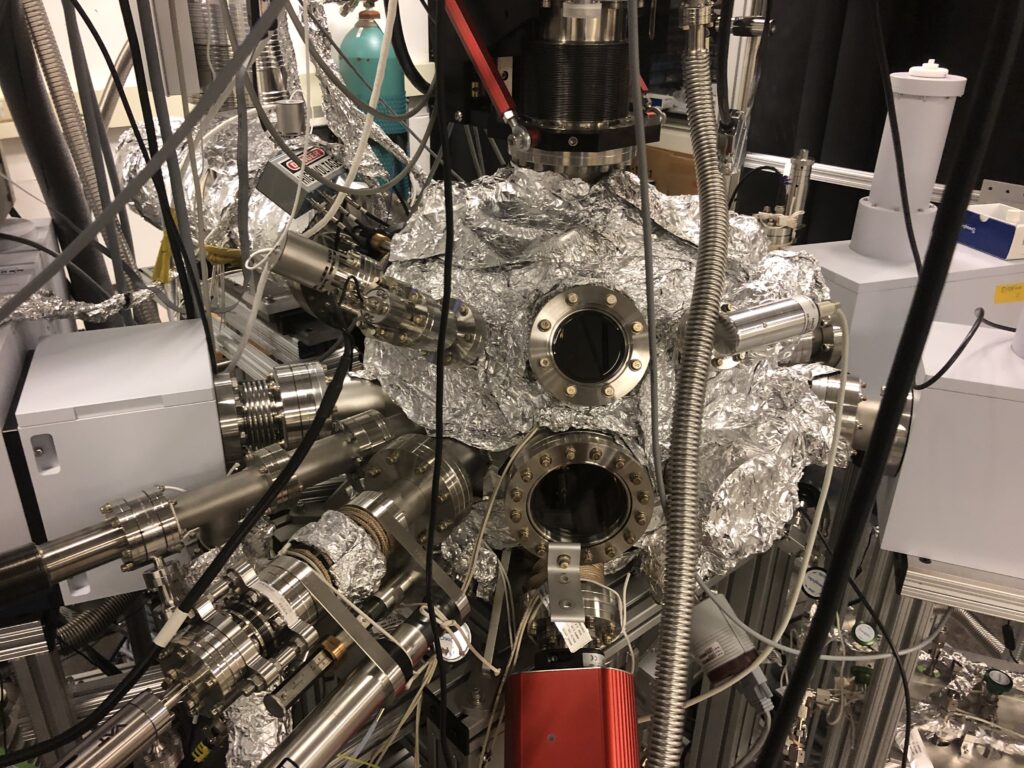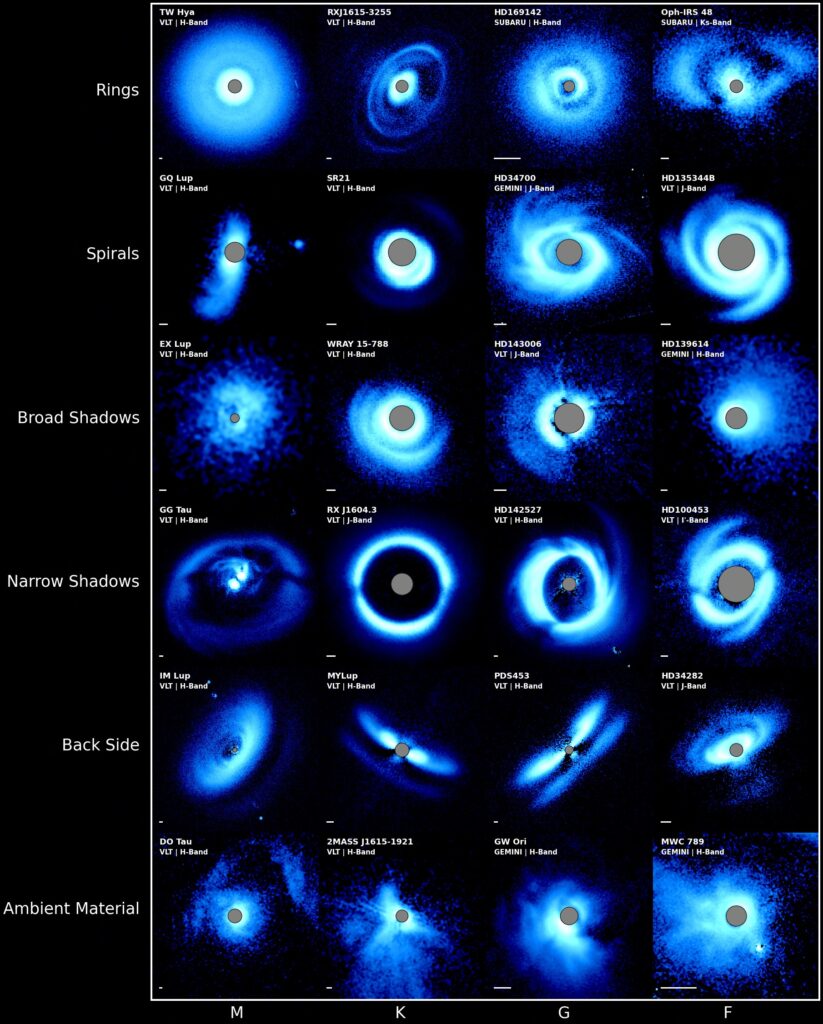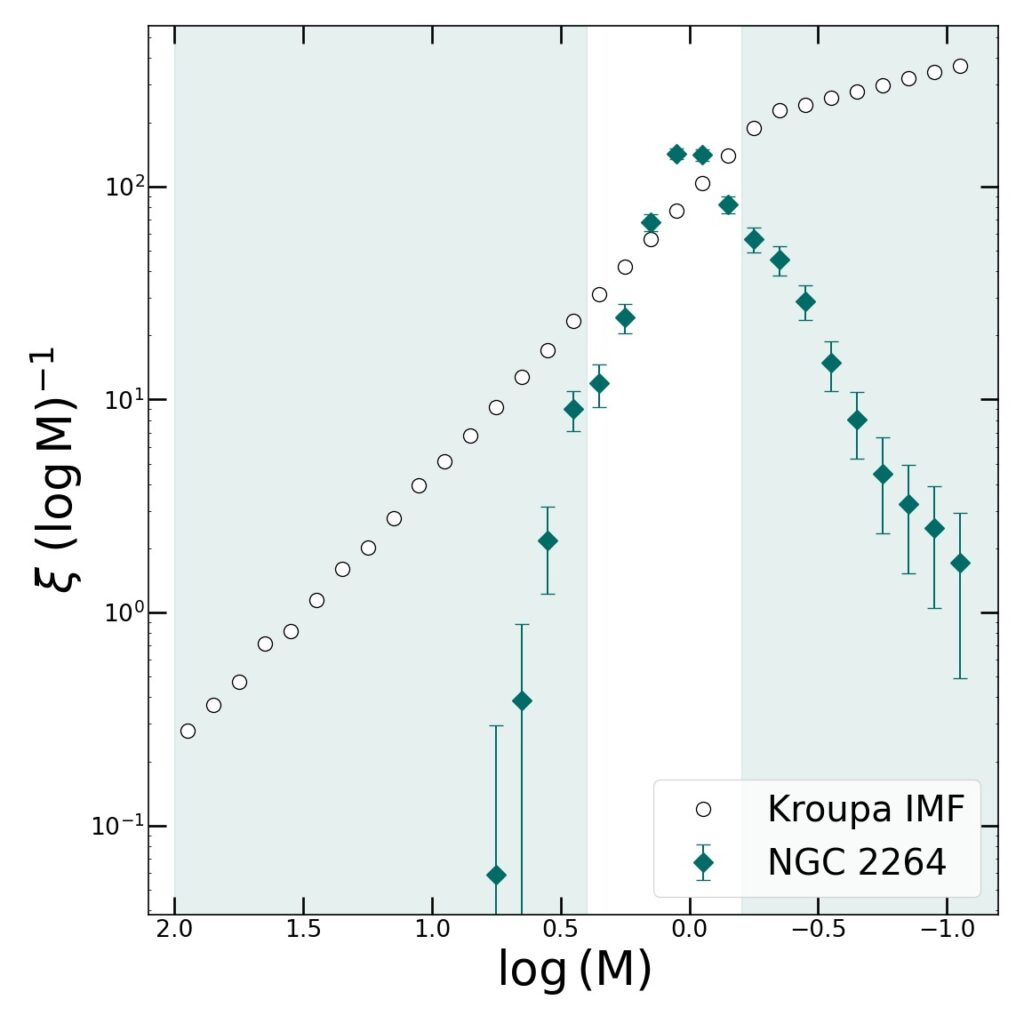Research
Harvard – Smithsonian Center for Astrophysics
This summer, I am working in the Öberg astrochemistry group at the Harvard – Smithsonian Center for Astrophysics. I will be conducting laboratory experiments in astrophysics to see if we can create organic molecules that could be precursors for early probiotic life. If successful, this would be a step on the path to understanding the probability that life exists on planets outside our solar system. I will be presenting my research at the 241st meeting of the American Astronomical Society and, with luck, will have some interesting results by then!


Follette Lab
During the summer after my first year at Amherst, I conducted astrophysics research in the Follette Astro Lab on campus. I focused on the reduction of images of young stars that could possibly be hosting their own planets. I presented my work at the 240th meeting of the American Astronomical Society and my figures were selected to headline a chapter of the Protostars and Planets VII publication.
Determining the IMF of NGC 2264
In the spring of 2022, I completed a research project to experimentally determine the Initial Mass Function of an open cluster, NGC 2264. We generated our IMF using time series photometry we took nightly using the T11 telescope in Arizona for over a month. We reduced this data and extracted photometries using entirely original code written over several months. We also determined mass accretion rates for the young T Tauri stars in the cluster and incorporated the effects of extinction on our photometric data. Our final IMF was incredibly successful in the regions we had expected, while underestimation occurred where we were limited by our telescope (both exposure time and detector saturation). Overall, it was a fantastically successful project which allowed me to foray into time series data analysis and to learn about the pre-main-sequence evolution of Young Stellar Objects.
